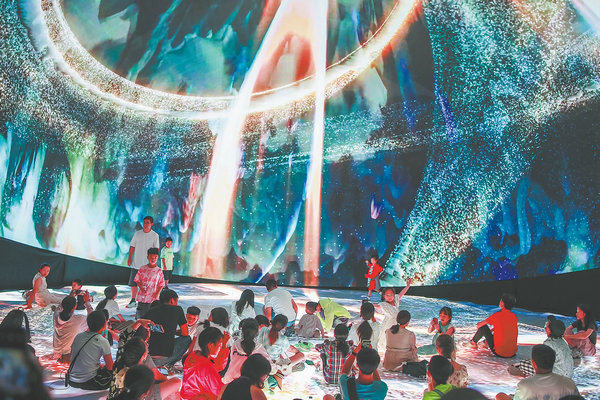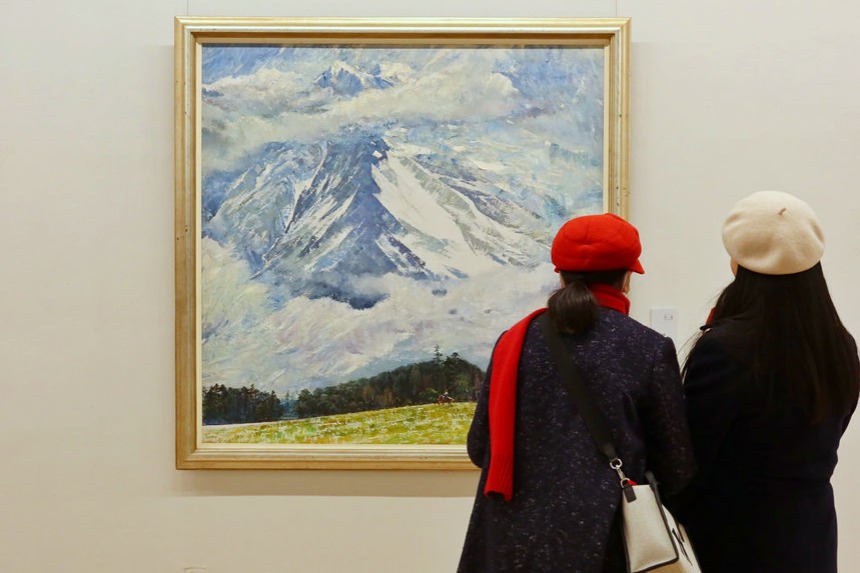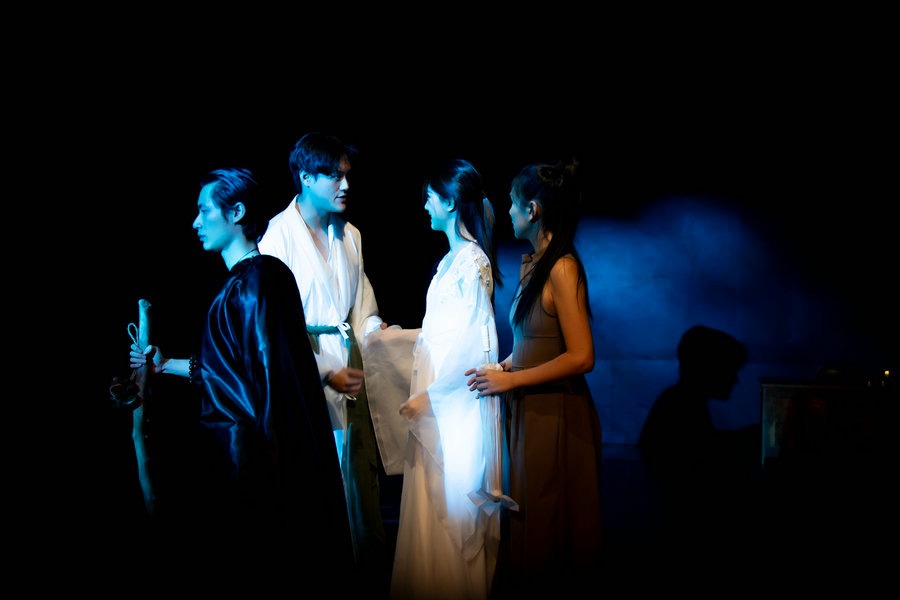Science for art's sake
As technology reshapes relic preservation, rural folks emerge as essential partners in sustaining cultural identity, Yang Feiyue reports in Changsha.


In 2024, 11 new museums were registered, bringing the total to 200.These museums collectively house more than 1.5 million artifacts. Throughout the year, they launched more than 930 exhibitions and hosted over 20,000 educational events in both digital and physical formats, attracting more than 77 million visitors, he says.
So far, the province has identified and registered over 20,000 immovable cultural relics, including ancient sites, traditional architecture and historical landmarks.
Revolutionary cultural legacies have shown a strong appeal to the public through technology-enabled exhibitions and themed educational initiatives.
The digital project Art of Life: Multimedia Exhibition of Mawangdui Han Culture, jointly developed by the Hunan Museum, the National Digital Library of China, and Harvard University's Chinese Arts Media Lab, welcomed over 500,000 visitors from June last year to May, according to Jiang.
The province will work to establish a complete provincial catalog of cultural heritage resources, with a focus on identifying, evaluating, and managing all categories of cultural relics — especially revolutionary sites, bamboo-slip manuscripts, and county-level and general immovable relics, Jiang says.
Local authorities will keep upgrading management of museums through a province-city collaborative model, encouraging differentiated development among municipal museums and creating a unified provincial museum network.
"This initiative will support efforts to integrate relics more fully into everyday life and increase their cultural impact at the community level," he says.





































